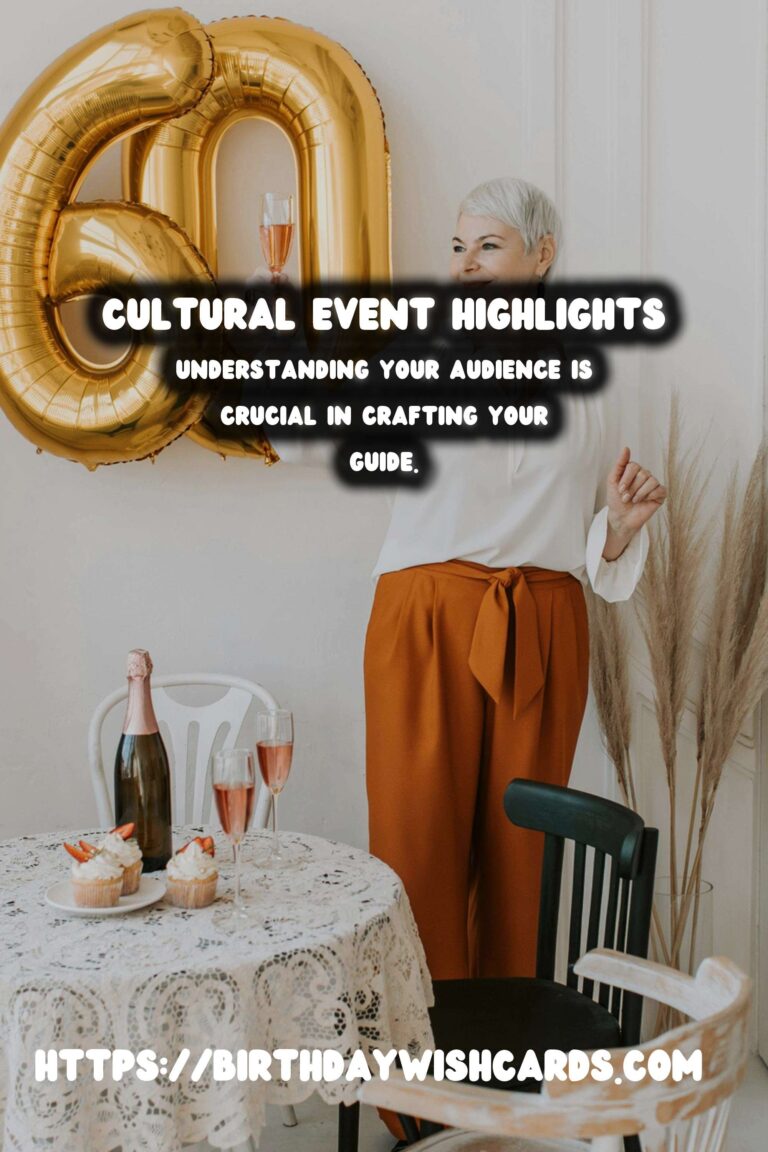
When planning a cultural event, having a well-crafted event guide can make all the difference. A customized cultural event guide not only serves as a roadmap for attendees but also enhances their overall experience. Here are the top ways to customize your cultural event guide.
1. Understand Your Audience
Before creating your guide, it’s crucial to understand who your audience is. Are they families, students, local residents, or tourists? Knowing your audience helps you tailor the content according to their needs.
2. Incorporate Visual Elements
Using vibrant images, infographics, and maps can make your guide more appealing. Visual elements not only attract attention but also help convey information quickly. Include pictures of previous events, cultural icons, and landmarks related to the event.
3. Create Interactive Features
Adding interactive features such as QR codes that link to more information or a detailed schedule can enhance user engagement. Consider using apps or websites where attendees can find real-time updates and feedback options.
4. Customize Language and Terminology
Ensure that the language used in the guide resonates with the cultural context of the event. Utilize local dialects or terms that reflect the culture being represented. This makes the guide more relatable and immersive for the audience.
5. Highlight Key Attractions
Every cultural event has its highlights. Make sure to dedicate sections in your guide to these attractions, which can include performers, exhibitions, or special guests. Providing background stories or interesting facts can further engage your attendees.
6. Include a Personal Touch
Adding personalized messages or quotes from organizers, performers, or community leaders can make your guide feel more welcoming. This personal touch can foster a sense of connection between the attendees and the event.
7. Offer Multilingual Support
If your event attracts an international audience, consider translating your guide into multiple languages. This will make the information accessible and ensures that all attendees feel included.
8. Provide Essential Visitor Information
Don’t forget to include essential information such as transportation options, parking availability, and accommodation details. This makes it easier for attendees to plan their visit and enhances their overall experience.
9. Include a Feedback Section
Encourage attendees to provide their feedback by including a dedicated section in the guide. This can be a physical form or a link to an online survey. Gathering feedback helps you improve future events.
10. Use SEO Best Practices
Optimize your cultural event guide for search engines by including relevant keywords throughout the text. This practice will help increase visibility online, attracting more attendees. Use keywords such as ‘cultural events’, ‘local culture’, and ‘community celebrations’ to improve SEO.
Conclusion
A well-customized cultural event guide can significantly enhance the attendee experience. By understanding your audience, incorporating visual elements, and offering personalized content, you can create a guide that resonates with your visitors. Personalized touches and essential information make your guide not just a document, but a valued companion at the event. Embrace these tips to create an engaging and informative cultural event guide.
A customized cultural event guide enhances the overall experience. Understanding your audience is crucial in crafting your guide.
#CulturalEvent #EventGuide

